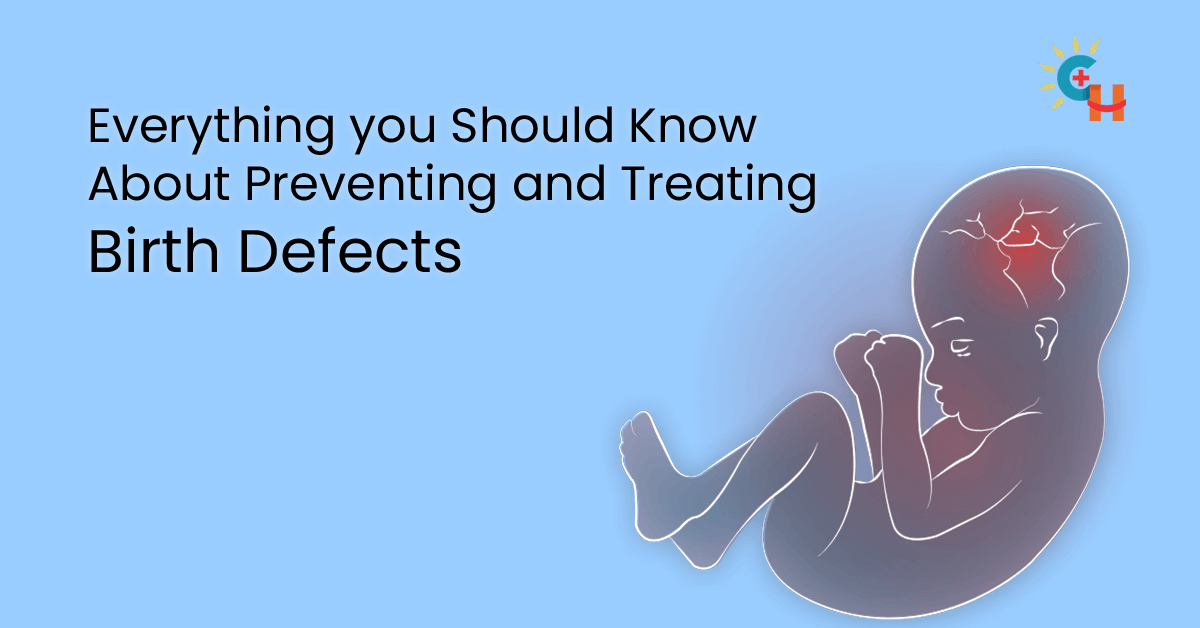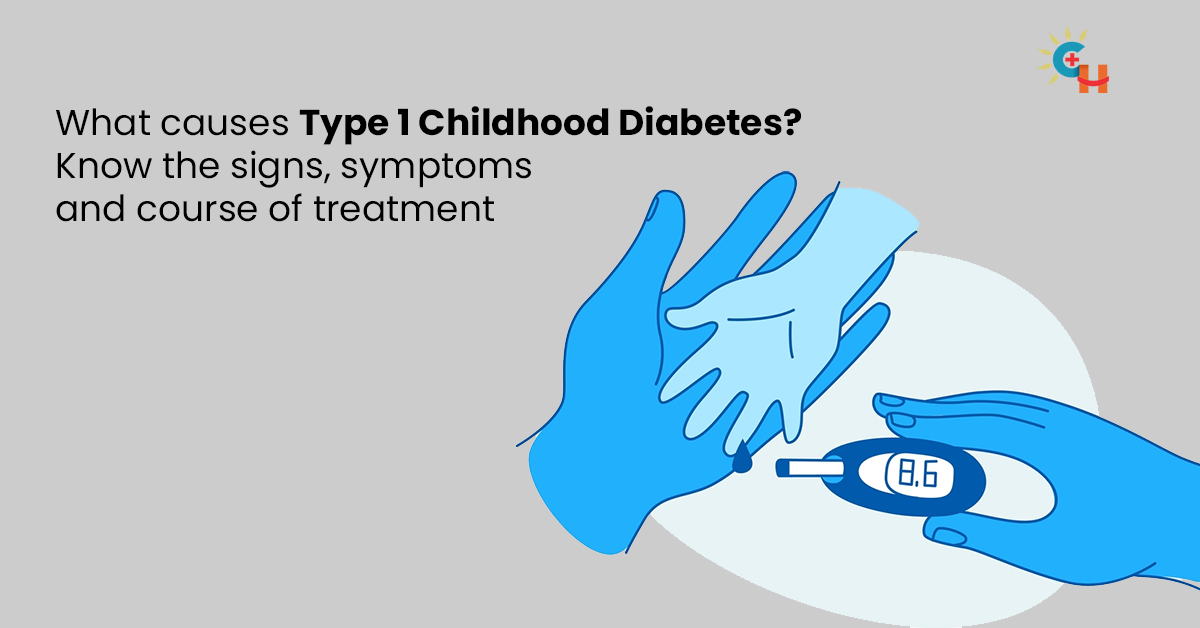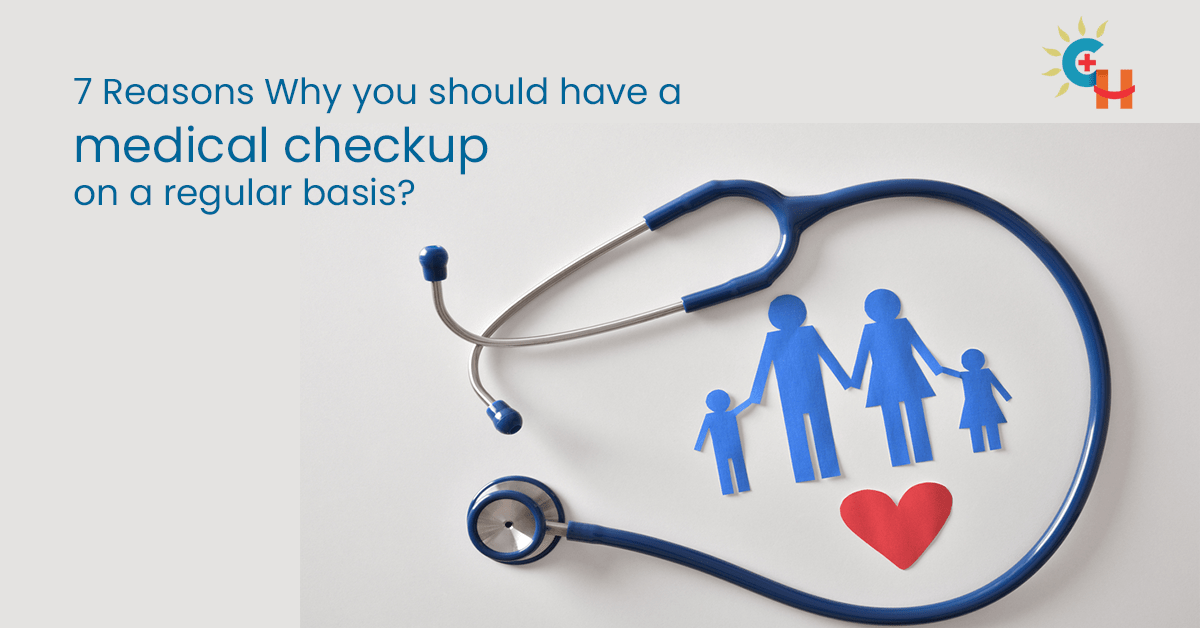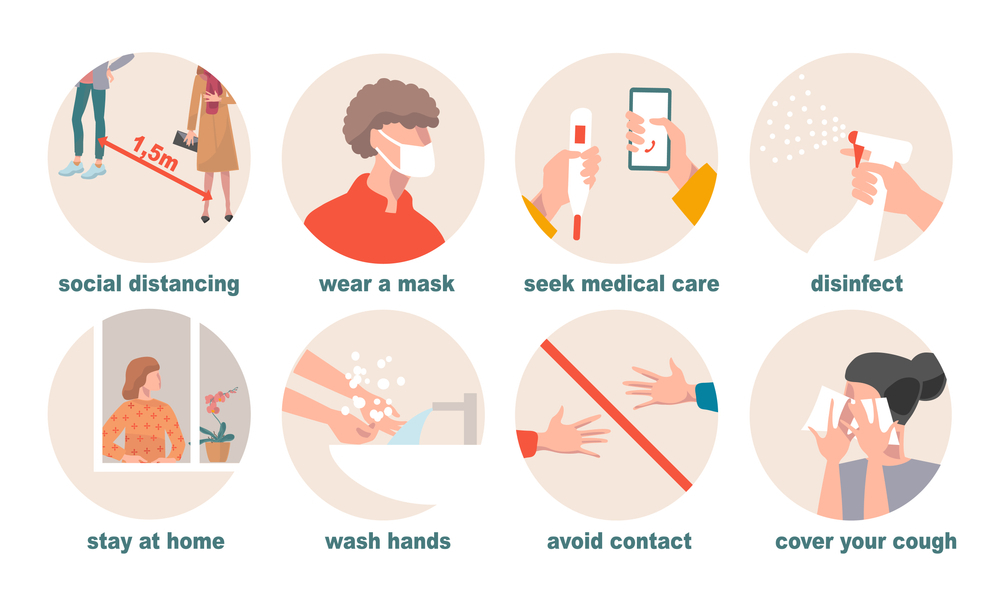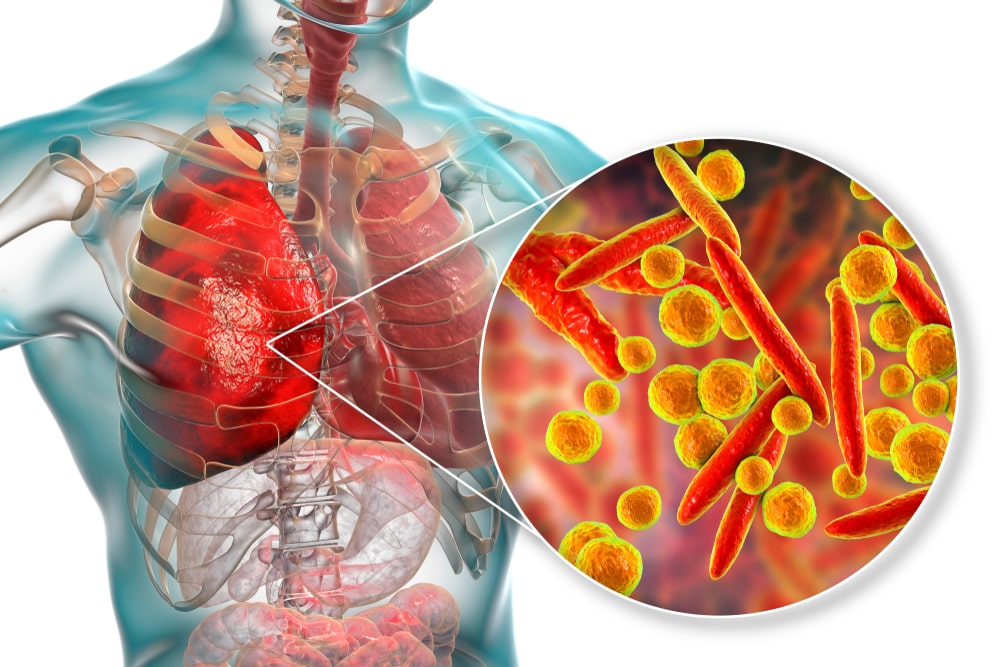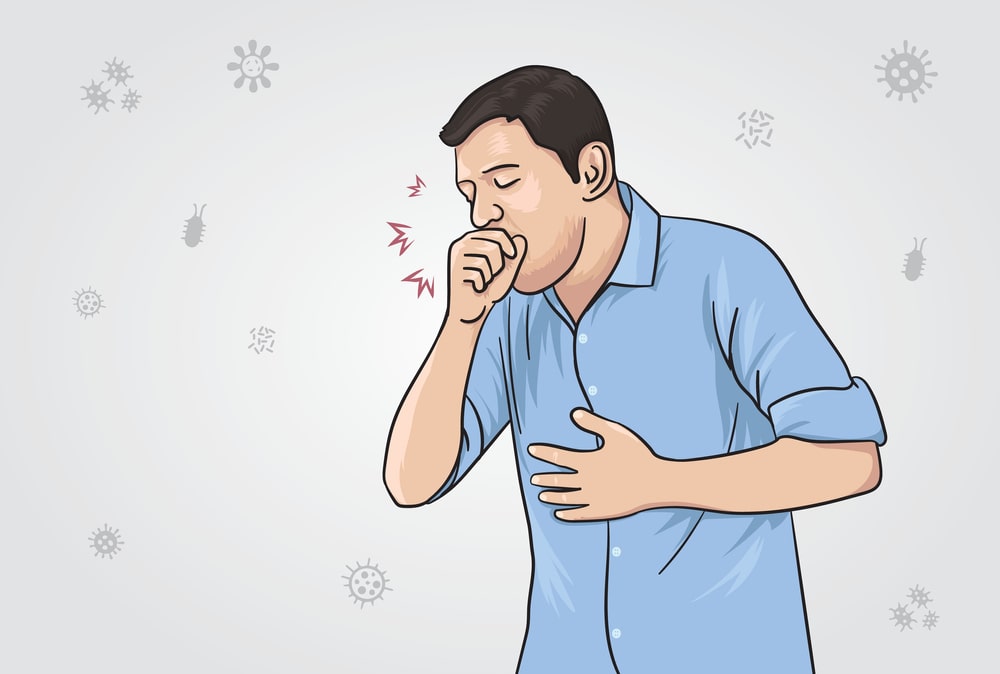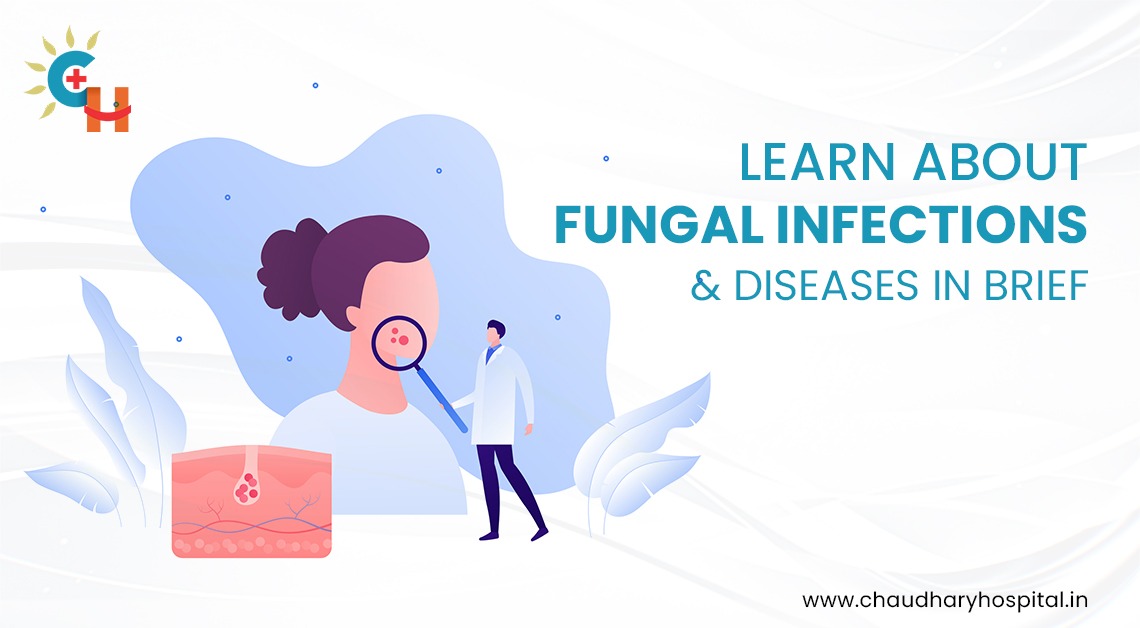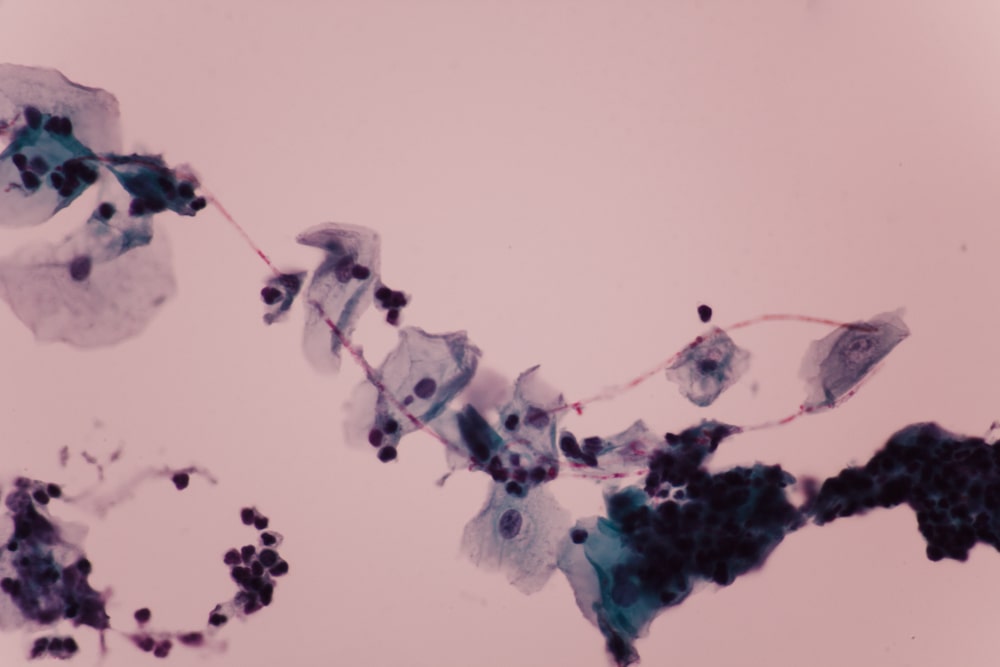We all know that birth defects occur but can be prevented. If you’re thinking about conceiving or are already expecting a child, you should be aware of the risks of birth defects. Although these cannot always be avoided, there are several areas of prenatal care that can save your unborn child. Not all defects can be prevented, but you have maximum chances of giving birth to a healthy baby simply by managing your health conditions, and including a healthy lifestyle before and during pregnancy.
A birth defect is an abnormality in your newborn baby’s body that is visibly abnormal, internally abnormal, or chemically abnormal. Genetics, infection, radiation, or medication exposure may cause the defect, or there may be no known cause. Genetics birth defects are also very common these days. Phenylketonuria, sickle cell anemia, Down syndrome, and heart defects are examples of birth abnormalities. Let’s discuss and understand birth defects in detail.
What is a Birth Defect?
A birth defect is an abnormality in the body of your newborn baby. It’s a structural alteration in the body that occurs at birth and can affect practically any portion of the body (e.g., heart, foot, brain defects). The severity of birth abnormalities can range from moderate to severe. The health of each kid born with a birth defect is mostly determined by which organ or body part is affected and how much it is impacted. A person’s predicted lifespan may or may not be influenced by a birth abnormality, depending on the severity of the issue and which body part is affected.
Here are some common types of birth defects:
- Visible – Like a birthmark
- Internal – Ventricular Septal Defect (hole in the heart at the time of birth) or underdeveloped kidney
- Chemical – Like phenylketonuria (a defect in a chemical reaction that results in developmental delay)
When your baby is born, your healthcare provider will not be able to detect all birth abnormalities instantly at the time of birth. Scoliosis, for example, may not be visible until your child is several months old. It could take years to detect a dysfunctional kidney.
Here is a list of the 10 most common birth defects:
- Heart defects
- Cleft lip/palate
- Down syndrome
- Spina bifida
- Anophthalmia / Microphthalmia
- Anotia/Microtia
- Congenital Heart Defects
- Muscular Dystrophy
- Neural tube defects like – Anencephaly
- Upper and Lower Limb Reduction Defects
Here is a list of rare birth defects:
- Albinism, ocular
- Albinism, oculocutaneous
- Dandy-Walker malformation
- Ehlers Danlos syndrome
- Epidermolysis bullosa
- Gorham’s disease etc.
- Causes of birth defects
Experts aren’t sure what causes most birth defects, but here are a few possibilities:
- Genetic or inherited factors
- Infection that occurs during pregnancy.
- Pregnancy and drug exposure
Can birth defects be Prevented?
While not all birth defects may be prevented, prenatal care and understanding of previous or current disorders can help with the prevention.
Prenatal care is important. Prenatal vitamins with at least 400 mcg of folic acid should be taken daily to help avoid the most common birth defects. If you’re of reproductive age, you should take prenatal vitamins while actively attempting to conceive and/or as soon as you learn you’re pregnant. Avoiding alcohol, tobacco, and illegal drugs, in addition to taking your prenatal vitamin, can significantly reduce the risk of birth defects and pregnancy difficulties.
Awareness of previous or present health conditions is necessary. If you’ve ever had a pregnancy that resulted in a birth defect, it’s crucial to figure out the most likely causes so that your doctor can take preventive steps for your next pregnancy. Spina bifida, for example, is caused by a lack of folate, therefore if you had spina bifida during a previous pregnancy, you can take a high amount of folate to help prevent repeat diagnoses.
Apart from this, you can follow some routine steps for the prevention like:
- Plan your pregnancy
- Eat a healthy and balanced diet
- Avoid alcohol, tobacco, and street drugs
- Get 400mcg of folic acid every day
- If possible, be sure any medical conditions are under control, before becoming pregnant. Some conditions, such as diabetes, can increase the risk for birth defects.
Treatment of Birth Defects
Children with congenital defects or birth defects may require specialized treatment and care. The therapies for congenital birth defects differ, as the symptoms and causes also vary. Treatments range from medications and therapies to surgeries and assistive devices. Surgery, medications, assistive devices, physical therapy, and speech therapy are all options for the treatment. Children with birth defects may require a wide range of services and may need to see many doctors. The child’s primary health care practitioner can coordinate the child’s special needs, and provide necessary treatment right at the time of birth.
Examples of treatment for different types of birth defects:
- Prednisone and other steroid drugs can help persons with muscular dystrophy improve muscle strength, ability, and respiratory function. Physical therapy can also be used to increase strength and alleviate weakness.
- Sensory-motor therapy with Velcro-covered “sticky mittens” can help infants with “snag” and examine objects they can’t hold in their hands.
- Assistive equipment like orthopedic braces helps limb abnormalities to walk
- Gene therapy techniques are being tested for a number of genetic problems, in which a mutant or absent gene is replaced with a normal version of the gene.
- In the Management of Myelomeningocele Study (MOMS), the treatment is done through a surgical procedure to correct a severe form of spina bifida while the fetus is still in the womb.
Conclusion
The last thing an expecting parent wants to hear is that their unborn kid or infant is born with a problem. Although most birth defects are unavoidable, there are some efforts you may do to lessen the likelihood of environmental consequences. Always discuss your concerns with your healthcare professional and follow their recommendations for screening tests, medicines, and other procedures.

